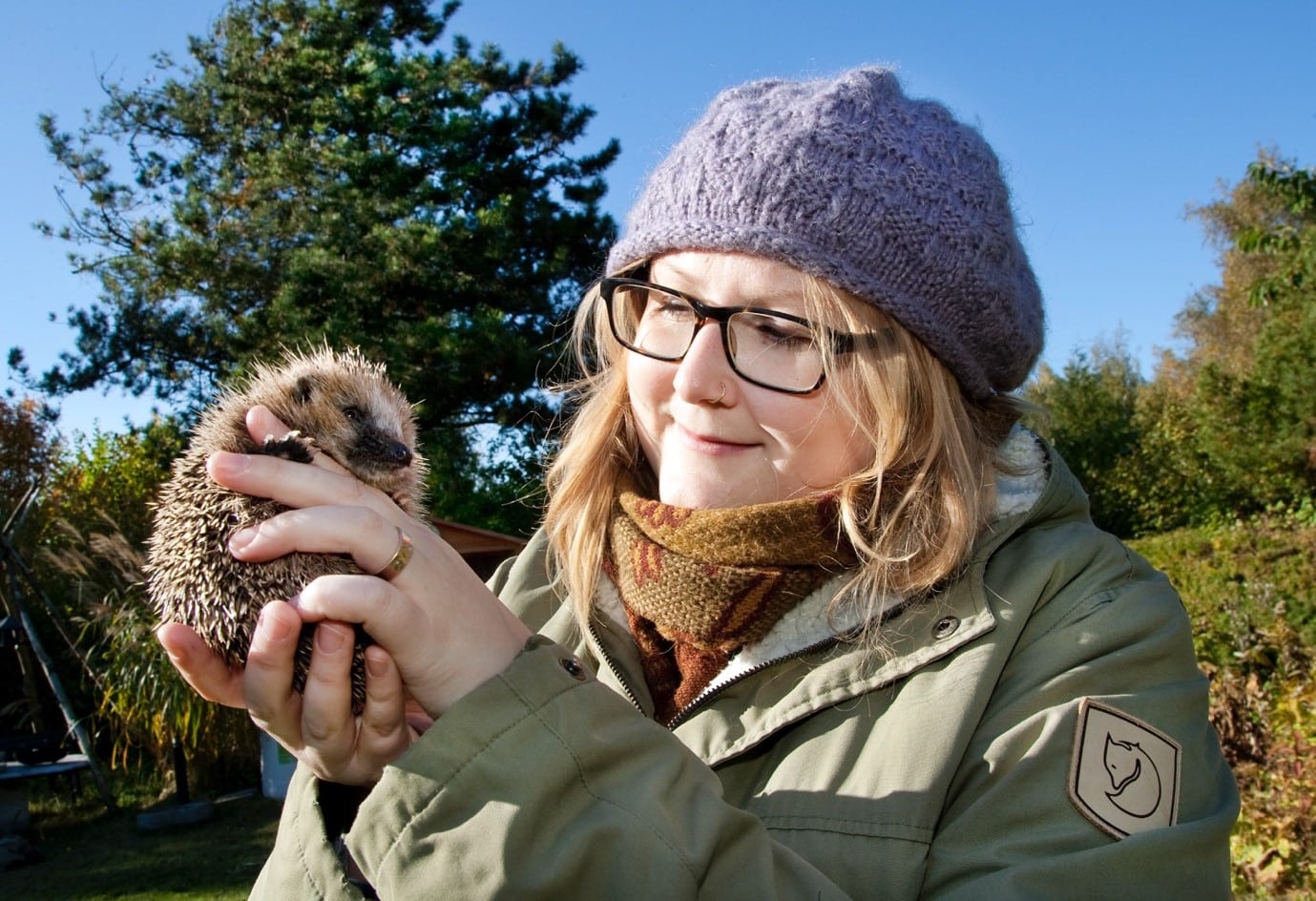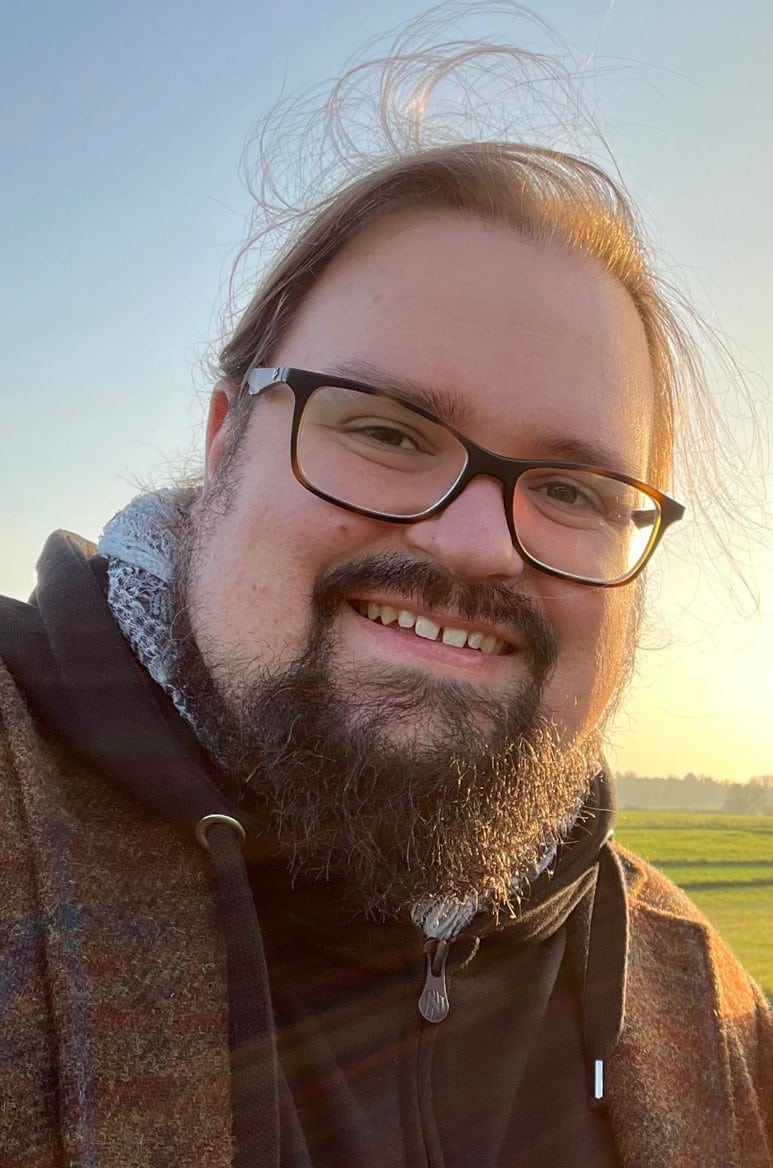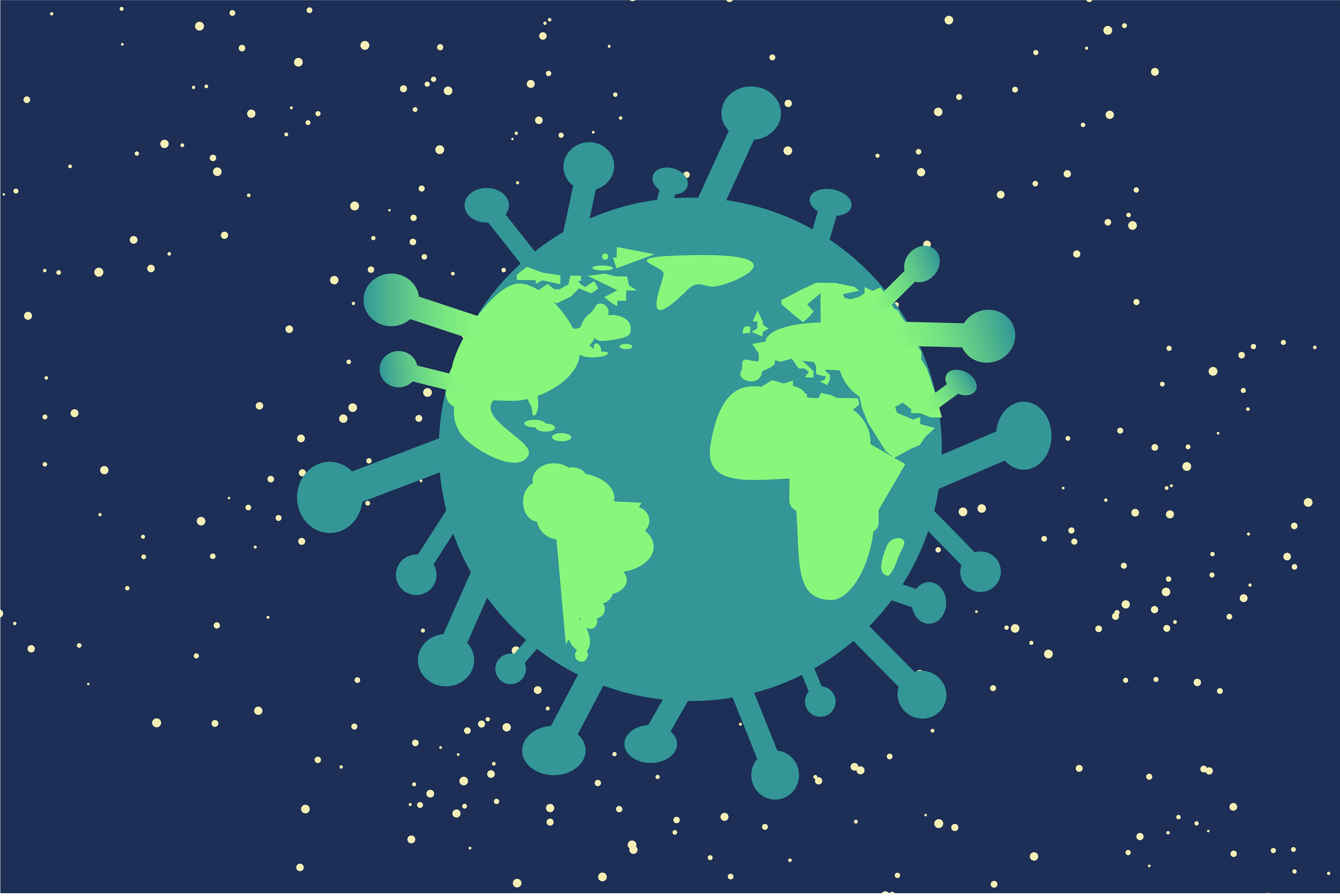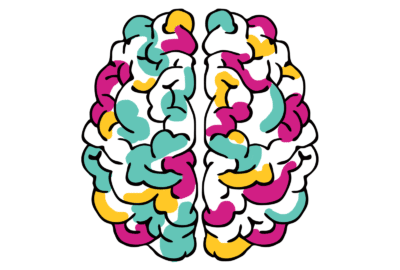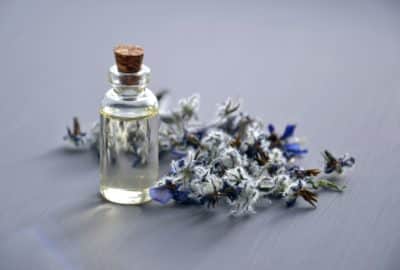When did we start kissing?
Wednesday 14th Feb 2024, 12.30pm
Have you ever considered when kissing first started? Who, or what, first decided that this was a good way to show affection?
Ancient historian, Troels Pank Arbøll, and hedgehog researcher, Sophie Lund Rasmussen, joined forces to attempt to find an answer. Cuneiform scripts, which are the world’s oldest written text, have the first mention of romantic kissing in a mythological narrative dating back to 2500 BCE.
But animals can also help us to answer this question. Bonobos have been shown to kiss romantically to strengthen pair bonds and assess a mate’s suitability. Perhaps the origins of kissing could be much older than human history! Find out more by listening to our latest podcast.
Emily Elias: Kissing is a bit weird when you think about it. When did we decide that, as humanity, putting our mouth on the mouth of another person is the best way to show affection? On this episode of the Oxford Sparks Big Questions Podcast we’re asking ‘when did we start kissing’?
Hello, I’m Emily Elias, and this is the show where we seek out the brightest minds at the University of Oxford and we ask them the big questions. And for this one, we’re joined by a husband and wife researching duo who love a good kiss.
Trolls Pank Arbøll: I’m Dr Trolls Pank Arbøll and I’m an assyriologist. So I study ancient Mesopotamia, the ancient Middle East, particularly the areas Iraq and Syria. And I’m specialised in reading cuneiform script. And my main research focuses on ancient medicine and the history of medicine in general.
Sophie Lund Rasmussen: I’m Sophie Lund Rasmussen, and I’m a zoologist, a conservationist at the Wildlife Conservation Research Unit at University of Oxford. I specialise in hedgehogs, European hedgehogs, for my research. So that’s something completely different than kissing.
Emily: Okay, so two very different areas of science. How does this come together to form a curiosity about kissing?
Sophie: Well, we’re married, so we’re a very nerdy couple and we like to discuss science and new publications. And one evening we just stumbled across a very nice study about the evolution of ancient herpes virus in Bronze Age skeletons. And this was really exciting because we focus a lot on ancient DNA because it’s our interest. And, this study showed that the herpes virus actually developed during the Bronze Age. And the author suggested that this could be due to people starting to kiss each other. And then we discussed this because Trolls said that I’m pretty sure I have access to sources from ancient Mesopotamia that are actually much more older than that.
Trolls: Yeah. So, when we discussed this study, one of the things that were brought up were that the kiss, or the sexual, romantic kiss was believed to originate in ancient India. And the earliest source was from around 1500 BCE. And when we discussed this, I knew immediately that we had some cuneiform sources that were older than this.
And cuneiform is what I ordinarily study. It’s the world’s oldest script. It’s written on clay tablets with small triangular reeds that you impress into the wet clay and make a witch like script. And it records these ancient languages, Sumerian (which is a language isolate) and Akkadian (that’s a semitic language related to modern day Arabic, for example). And in these ancient scripts, we had sources that were substantially older, dating as far back as 2500 BCE that mentioned a sort of sexual, romantic kiss.
Emily:: 2500 BCE. What is going on in the world at this time?
Trolls: So, at this point in time, at least in ancient Mesopotamia, we certainly have vibrant cities. We have fully developed societies with temples and palaces and large economic units. They’re mostly situated around city states but it’s complex societies, we could say.
Emily: And so while most couples are arguing over what to watch on whatever streaming service is available to them, you guys went deep, deep, deep into the research and you myth-busted this, I guess?
Sophie: Yes, we did. And it was a fascinating process. And the surprise is that we’re still married. But, yeah, we decided to investigate this further and really look into all the different aspects of kissing and the history of kissing to write this paper for Science. And it was a really fascinating process where we dug into all different sorts of rabbit holes about kissing.
Emily: What did you find out?
Trolls: Yeah, so one thing is, for example, that we were able to move the history of the kiss 1000 years further back. I will say that in my field of Assyriology (which is sort of niche field, you might say, where not a lot of people studying it, and not a lot of people know about this area of research), the fact that we have old sources mentioning kissing, was known in the literature but it was not known outside the field.
So, one thing we could do with this was to sort of highlight these early sources. And obviously, when we think about early writing, around 2500 BCE, what we have there are mainly administrative texts, some royal inscriptions, and then we have mythological narratives. So the first kiss occurs in the context of one of these mythological narratives. It still takes a few hundred years until kissing shows up in everyday documentation such as letters.
Emily: So what did an ancient make-out session look like then? What do we know about it?
Trolls: Yeah, that’s a very good question. So, the earliest text that we have is one of these mythological narratives that mentions some gods copulating and kissing in connection to this act. So that situates it as a sexual, romantic kiss, obviously. but we don’t get a lot more information than that. It still takes some time until we are given sources that allows us to peer better through the veil, so to speak.
But then around at least 2000 BCE, we start to see that, okay, kissing was apparently frowned upon in the streets. At the same time, we can see it’s very connected to desire in general. If you really want to hook up with someone, then kissing apparently is part of this act.
Emily: But why do we kiss? Sophie, do you have any insights into that from your area of science?
Sophie: Yes. So I study animal behaviour and the question ‘why do we kiss?’ is really interesting because normally when a behaviour has taken place for such a long time and been practiced for such a long time, the behaviour must serve some sort of purpose.
And when we look at our closest living relatives, the chimps and the bonobos, they also kiss, especially the bonobos, they do have sexual, romantic kissing. And this indicates that kissing may be much older than only the 4500 years we have documented so far. And that’s really interesting.
So why do we kiss? Well, first of all, it’s been suggested that we kiss to strengthen the pair bonds between the two partners. The intimacy of kissing, the intimate behaviour, you could say, could strengthen the pair bonding. And it’s of course, also, a way of stimulating sexual arousal just before the mating. That makes perfect sense.
But it’s also been suggested that it’s a way to actually evaluate your mate’s suitability. Because in the world of biology, it’s all about spreading your genes and you want to choose the best partner possible with the strongest genes. So, by actually kissing somebody, you can evaluate whether they’re the right partner, whether their genes are good, and whether they’re worth betting on and choosing as a mate. And this is due to chemical cues that are shared when you kiss, through the saliva.
And a very good example of this is bad breath because I think most of us have tried to kiss somebody with a very bad breath and that’s not pleasant. And you honestly sometimes feel like you don’t want to kiss that person and you’re a bit, you know, appalled by that. And the bad breath could indicate that this person had a very strange lunch, that’s one thing. But it could also indicate that this person is not very healthy. This person could have poor dental health or could have some sort of throat infection, or could just not perhaps take properly care of himself or herself. So, this could indicate that there was something not exactly right, health wise, about this person.
Emily: I guess this paper would not have come together without your perfect union.
Sophie: No, I really think we supplement each other well, in this perspective, because I study animal behaviour, evolution, pathogens. And Trolls is an expert on Middle Eastern history and cuneiform, so it was a perfect combination. But we would also like to encourage other colleagues from other fields to contribute because this piece could only have two authors. But, in the future, it’d be really interesting to involve anthropologists, for example, or other historians or philologists that study ancient societies to see whether they would have sources that would be even older or could perhaps shed light on some other aspects of kissing.
Emily: So you don’t think that you’ve nailed it, that this is the oldest kiss, that we were probably kissing before that, but we just haven’t found the research or papers to tell us that humans were having make-out sessions pre-Mesopotamia.
Trolls: We don’t claim at all that this is the oldest kiss or that kissing originated in Mesopotamia. I think a lot of theories until now have tried to formulate that kissing originated this or that place. Perhaps it did have one point of origin, but if it does, then it’s so far back in history that we can’t pinpoint it, at least not yet.
And there are various sources that might indicate that kissing was also done earlier. For example, we do have some figurines of people embracing each other where the faces are so close together that it might indicate that it’s also meant to illustrate a kiss. But it’s not entirely clear in those contexts. It’s not until we get actual words written down that we start to see actual evidence.
Emily: Do you guys remember your first kiss?
Trolls: Yeah, we do. Just in general and with each other, I think.
Emily: And, Sophie, when you kissed Trolls, did you have that feeling of repulsion or was it a good kiss?
Sophie: It was a good kiss. I knew instantly that he was a winner.
Emily: This podcast was brought to you by Oxford Sparks from the University of Oxford with music by John Lyons and a special thanks to Sophie Lund Rasmussen and Trolls Pank Abrøll.
Tell us what you think about this podcast. You can find us on social media. We are @OxfordSparks. We also have a website: oxfordsparks.ox.ac.uk where you can meet our researchers and get in touch and even ask your big questions.
I’m Emily Elias. Bye for now.
